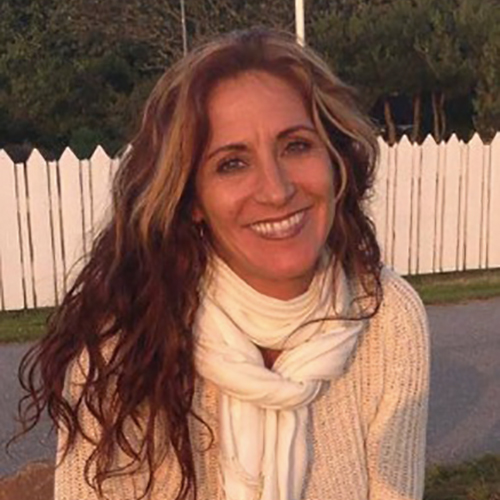
I have Gaucher disease. I often wonder what it would be like to not have this disease. But then I stop and redirect my thoughts. I’ve spent too much time in the past wishing I weren’t born with Gaucher. Instead I shoot for the stars and think about how to make change. We need to find a cure for this disease.
I was diagnosed with Gaucher in 1976 when I was 13 years old. It was a long time ago. Everyday I have reminders that I have a rare genetic disease. Like so many others with rare diseases, it took years to be diagnosed and most of the symptoms were ignored. But when I was 12, I had a huge bruise on my calf that demanded attention. The bruise finally caused worry and forced our pediatrician to come up with answers.
I was first misdiagnosed with malnutrition and then leukemia. After a year of blood draws and visits to the hospital twice a week, bone marrow was taken from my spine and put under a microscope. And there it was. I have type 1 Gaucher. The type 1 gene mutation from my Ashkenazi grandfather on my father’s side and the type 3 gene mutation from my Norbottnian Swedish great grandmother on my mother’s side were both passed down to me.
Gaucher manifests differently in every single person, with symptoms ranging from mild to severe and early death. Type 1 disease is non-neuronopathic, it doesn’t affect the brain, but types 2 and 3 Gaucher, which are not predisposed to any ethnic population, are neuronopathic, and they affect the central nervous system, including the brain.
My health continued to decline throughout my teens and 20s. The fatigue was so extreme I couldn’t get out of bed, and the bone pain was so severe I couldn’t walk up a flight of stairs. When I was 25, I learned of a drug trial that could possibly help this disease, but I was too sick to participate in the trial. Instead, I had one of the first successful partial splenectomies and 19 pounds of my 20-pound spleen were removed.
After a tough healing period, my life almost changed overnight. I felt great – an extension of the drug trial opened, and I was quickly enrolled and started receiving enzyme replacement. It worked really well. While I was in the trial, the FDA approved the drug and for the first time I realized I had a future without daily pain and sickness.
Treatment for the type 1 Gaucher community has been a godsend. People have a better quality of life beyond what any of us ever imagined. But there is still so much more that needs to be done. And until we have viable treatments that cross the blood-brain-barrier for types 2 and 3, we cannot get too comfortable.
Now that I was feeling better, and being my mother’s daughter, I realized I had to give back and help the community where I received so much help over the years. How can a patient like me help? I decided to participate in every drug trial I could, knowing that being involved may help to bring more treatments and more options to market and bring down the cost of drug. And if the cost of drug comes down, there may be better access to patients all over the world.
What else? I began to get more involved in the Gaucher community by speaking at meetings and conferences to raise awareness of Gaucher and share my patient experience.
At 40, when I realized I would not have children, I knew there had to be more. I worked for the National Gaucher Foundation for over a decade, helping to raise funds for Gaucher and create better advocacy for the patients and their families. I met hundreds of Gaucher families which forever changed me. I have made some of the best friends in this community I will ever have.
And now, as I look back on my personal journey with Gaucher disease, I don’t regret a second of having this disease. Together we can have a voice to help make change. In a perfect world, we would not have disease. But if we had to, I hope we can find a cure for every single one of the 7,000 rare diseases that exist.
